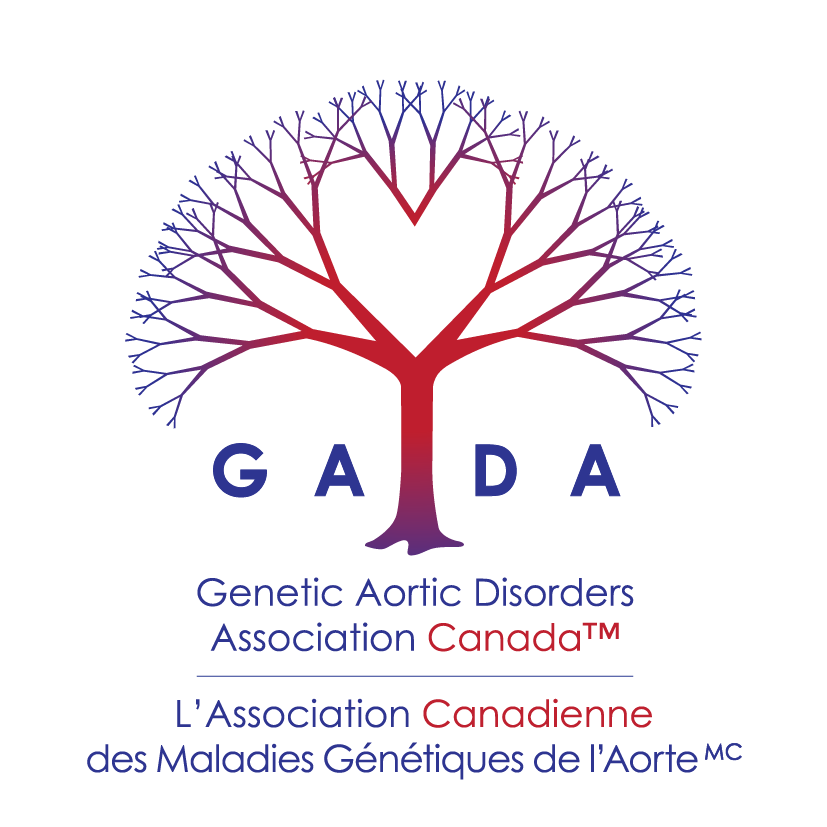2002
Mutuations in the Fibrillin-1 Gene (FBN1) and their Effects on the Interactions between Fibrillin-1 and Versican
$50,000 funded by TFF
Dr. Peter Robinson
Institute of Medical Genetics, Charite University Hospital, Berlin, Germany
Publications:
Booms et al. (2005) RGD-containing fibrillin-1 fragments upregulate matrix metalloproteinase expression in cell culture: a potential factor in the pathogenesis of the Marfan syndrome. Hum Genet. 116:51-61.
Booms et al. (2006) A fibrillin-1-fragment containing the elastin-binding-protein GxxPG consensus sequence upregulates matrix metalloproteinase-1: biochemical and computational analysis. J Mol Cell Cardiol. 40:234-46.
Both of these projects addressed the question whether fragments of fibrillin-1 might themselves have an effect on the production of matrix metalloproteinases by cells. Until about a decade or two ago, scientists conceived of the extracellular matrix (ECM) as a kind of static scaffold. Since Marfan syndrome is caused by mutations in FBN1, which encode an ECM protein called fibrillin-1, the initial models of the molecular cause of Marfan syndrome proposed after the discovery of mutations in FBN1 in 1991 predicted that mutations would lead to a structural weakness in the ECM, much as if a house had been built with defective construction materials.
More recently, scientists from a variety of fields in ECM research have discovered that the ECM is a dynamic tissue that takes part in the development of tissues and helps to maintain tissue integrity (“homeostasis”) by regulating the metabolism of a series of grwoth factors including TGF.
Our research projects were inspired by other observations made on a series of other ECM proteins including fibronectin, collagen, and laminin. These observations showed that fragments of ECM proteins often are able to signal back to the cells embedded in the ECM. These signals can cause the cells to change their behavior in many ways. One important biochemical response of the cells is to produce more enzymes of the class of the matrix metalloproteinases (MMP). The production of these enzymes is temporarily turned in many disease situations including wound repair and inflammation.
Our hypothesis was that fragments of fibrillin-1, which have been observed in clinical specimens from Marfan patients, could trigger this kind of response. To test this, we created a series of DNA constructs corresponding to various regions of the fibrillin-1 gene. From these, we created the corresponding regions of the fibrillin-1 protein. We then isolated these proteins and incubated cells with varying doses of each protein. Following 48 hours of incubation, we isolated the RNA from the cells and the proteins from the cell culture medium, and compared the effects of the fibrillin-1 fragments with control by measuring the mRNA concentration and protein concentration of several MMPs. We were able to show a statistically significant effect for fibrillin-1 fragments containing either a so-called RGD binding site for integrin or a GxxPG binding site for elastin-binding protein.
These observations suggest that fibrillin-1 fragments could themselves have secondary deleterious effects by causing increased production of MMPs, which could then contribute to progressive breakdown of microfibrils thought to play a role in Marfan syndrome. We are currently conducting further experiments to investigate whether the fragments have other biologically relevant effects and to characterize these effects in a mouse model for Marfan syndrome.
